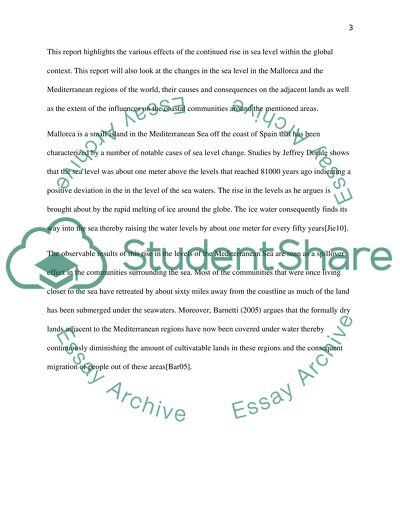Cite this document
(“Sea level rise in the Mediterranean Sea and Mallorca Island Essay”, n.d.)
Retrieved from https://studentshare.org/geography/1402669-report-sea-level-change-in-mallorca-across-the
Retrieved from https://studentshare.org/geography/1402669-report-sea-level-change-in-mallorca-across-the
(Sea Level Rise in the Mediterranean Sea and Mallorca Island Essay)
https://studentshare.org/geography/1402669-report-sea-level-change-in-mallorca-across-the.
https://studentshare.org/geography/1402669-report-sea-level-change-in-mallorca-across-the.
“Sea Level Rise in the Mediterranean Sea and Mallorca Island Essay”, n.d. https://studentshare.org/geography/1402669-report-sea-level-change-in-mallorca-across-the.


